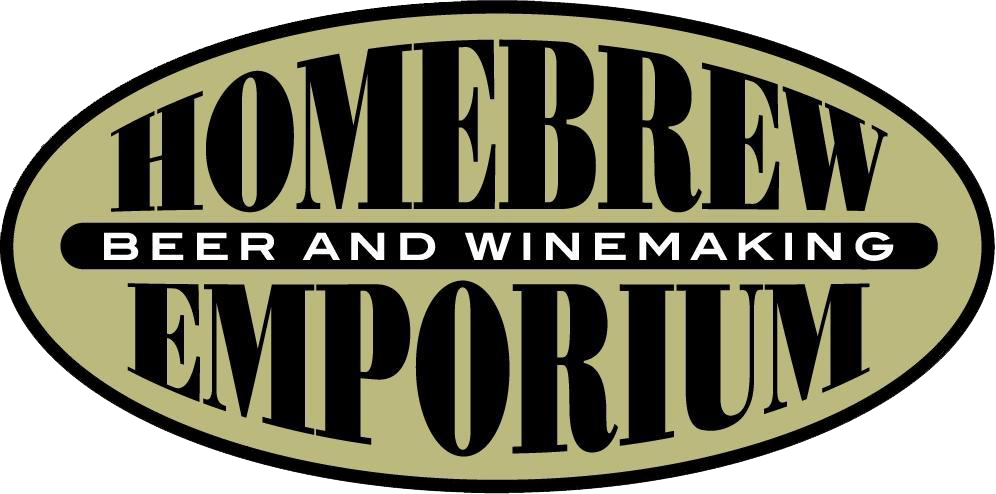An evil looking brown liquid boiled away in a one liter vial as I walked into Harvest Spirits’ tasting room in Valatie. Evaporating liquid rose and passed through a water cooled, coiled glass tube. Crystal clear liquid dripped into a glass. Derek Grout, owner of Harvest Spirits, is testing recipes for a new product, gin.

Gin is experiencing its most exciting renaissance since it took off in the US in the Roaring Twenties with the emergence of a cocktail culture during Prohibition. Growth comes from the world’s cocktail capitals with bartenders rediscovering classic gin cocktails like the Martini and Negroni. Growth is fueled by the UK, US and Spain (where over 250 different gin brands are on sale) with craft and premium brands surging. Gin’s market share is 4.43%. Surprisingly, the Philippines is the world’s largest gin market at about 66 million gallons in 2012, drinking more than the next 4 combined, US, Spain, UK and India. There has been a ten-fold increase in the number of gins on the market since 2008 and a similar exponential increase in the amount of distilleries, mostly local.
Gin precursors, medicine with juniper, go back to the 2nd century AD when Greek physician Galen mentioned them as health tonics. What we recognize as gin was produced by the Dutch by at least the early 1500’s. The English adopted gin when they helped the Dutch win independence from Spain. By the 1700’s gin had replaced beer as England’s drink of choice, but was pretty raw. After a series of reforms in the 1800’s the crisp dry gins the English are known for had appeared. With 1.6 billion gin and tonics sold globally in 2014, the UK is now the world’s leading exporter of gin, worth almost $700 million in 2014, a 37% increase since 2010.
Gin is really vodka flavored with various botanicals, juniper being the main one. One of my favorite gins, Bombay Sapphire, has the names and pictures of the 10 botanicals it uses etched on the side. Juniper and other botanicals can be macerated in alcohol and redistilled, suspended in trays in the still, or extracted separately and mixed later. Different oils are extracted with each method, and each gives a different result. Harvest Spirits is using a combination of these methods: juniper is macerated, then Spanish orange peels, followed by coriander. The alcohol is redistilled and then lemon grass is steeped in the redistilled product. This batch has a strong juniper component, followed by citrus from the orange, lemon grass and a hint of coriander. Derek is testing ratios of the flavorings and steeping times. His wife, Ashley, has final say however.
Many botanicals are also used. Most common are Angelica root, bay leaf, cardamom, citrus peels, coriander, culeb, fennel, ginger, grains of paradise, juniper berry (below), lavender, and orris root, but many others are used too.

Junipers belong to the cypress family, going back 250 million years. Many subspecies exist, J. communis communis most widely used in gin. The trees can live 200 years. Juniper berries contain α-pinene, a compound found in many conifers and a host of other plants, imparting a pine or rosemary flavor. However, some species can be toxic, so don’t experiment with berries from your back yard. Myrcene is also present, found in cannabis, hops and wild thyme. Limonene, the citrusy flavor in many herbs and spices, is present too. Gin’s aroma and mouth feel is due to the high levels of essential oils from juniper berries and other botanicals.
Look at the picture of the gin being distilled above. Some of the samples are clear, some cloudy, and the bottle is cloudy. The cloudy samples are merely gin and water. I watched Derek take crystal clear distillate, add crystal clear spring water, and the gin turned opaque. At 46% alcohol and at room temperature the botanical oils remain dissolved in the alcohol, but when you chill the gin or dilute it, the oils separate slightly causing the cloudiness. Gin is filtered to remove the cloudiness.
We’ve known Derek Grout (below), since he started Harvest Spirits in 2007, to make the best use of surplus apples, support their farming heritage and preserve agriculture in the Hudson Valley. They buy locally grown fruit from farms across NY, distilling over 600,000 lbs. of fruit per year. Their products include Core Vodka, raspberry vodka, Cornelius Applejack, John Henry single malt whiskey, pear, peach and cherry brandy.

3074 Us Highway 9, Valatie, NY 12184
(518) 758-1776
For more information read The Drunken Botanist: The Plants That Create the World’s Great Drink, Algonquin Books, 2013, by Amy Stewart. You can experiment making your own gin from store vodka. Homebrew Emporium carries almost 20 of the botanicals used to make gin.
Roger
